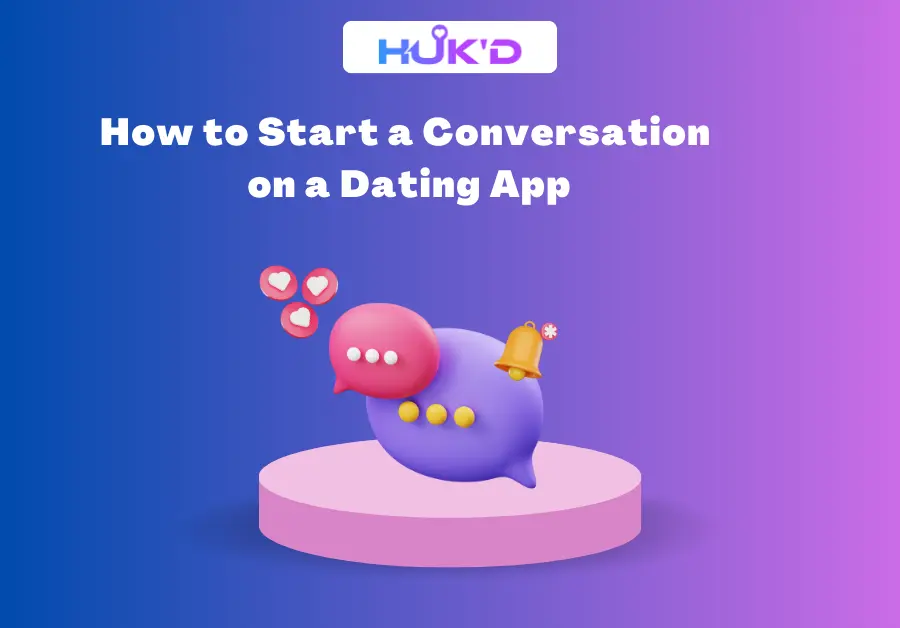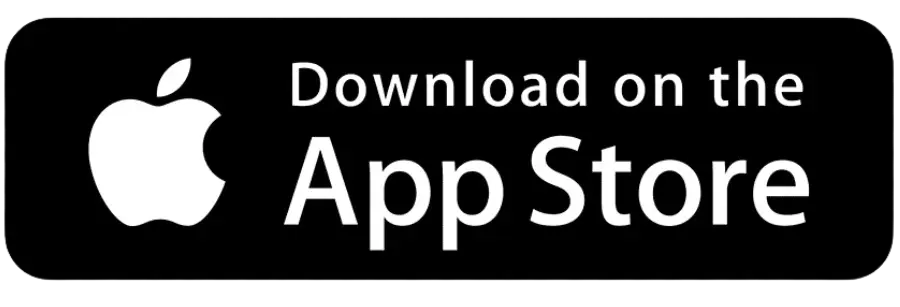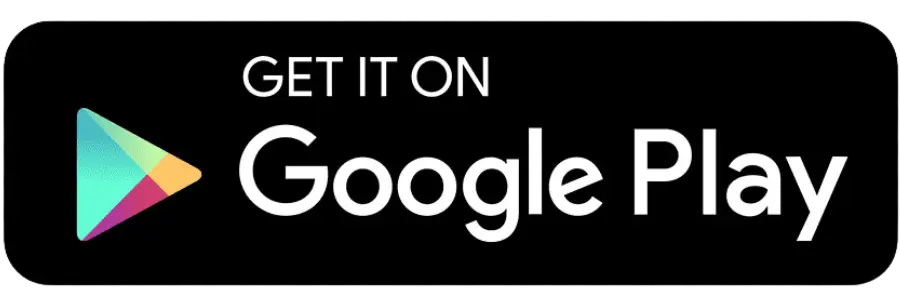Dating apps vs social networking: where does the line blur?
In today’s fast-paced world, the way we connect, interact, and even date has gone through a significant transformation. Dating apps have become an essential part of modern dating, and their popularity continues to grow. However, the lines between dating apps and social networking have started blurring. In this article we will explore how dating apps are integrating social features and how they compare to platforms like Instagram and Facebook.
Typically, dating apps and social networking platforms cater to different needs and purposes. Dating apps such as Tinder, Bumble and Hinge are specifically designed to smooth the way for romantic connections. These platforms use profile-based matching systems to pair users with compatible partners.
On the other hand, different social networking platforms like Facebook, Instagram and Twitter serve different purposes together. These platforms are developed to build natural relationships with friends or loved ones to share your opinions, ideas, experiences and moments of life.
However, as technology advances, these distinctions are starting to blur.
The integration of social features
As dating apps progress, they start integrating new features to enhance the user’s experience. Here are some features;
‘Dog lover looking for a company to watch Sunday brunch and Netflix.’
1. Social media integration
Many dating apps allow users to connect their social media profiles like Instagram, Facebook and Twitter to their dating profiles. This feature allows users to share more about themselves, reveal their interests and provide accurate information about their personality. Moreover, social media integration helps users to share interests with perfect matches and facilitate meaningful connections.
2. Group chats
Imagine that you are part of a vigorous community where you can connect with compatible partners, share your thoughts and build meaningful relationships. This is the reason that some dating apps like Bumble offer their group chat feature. By using group chats, users can directly engage with multiple people.
3. Events and meetups
Dating apps like Meetup and Hinge allow users to attend events and meetups. These events can range from casual gatherings to formal events. This feature helps to bridge the gap between online and offline interaction, providing a more engaging dating experience.
4. Community spaces
Bumble’s advanced spirit doesn’t end at dating. With bumble bff and Bumble Bizz, the platform is developing the ways we connect with others and develop an advanced meaningful relationship much farther romance. Basically, bumble is changing into a global social transforming platform where users can steer different aspects of life from dating and friendship to building professional connections.
Comparison to social networking platforms
While dating apps are integrating social features, they are significantly different from social networking platforms like Facebook and Instagram. Here are some key differences;
1. Features
While dating apps are merging social features, they lack the depth of features that are offered by social networking platforms. Instagram offers the features of stories and reels, which cannot be found on dating apps. These social networking platforms also offer the feature of broadcasting, which enables the users to engage with each other.
2. User communities
Different types of users are attracted by dating apps and social networking platforms. Dating apps are likely to attract users who are looking for romantic connections, often with a specific age range or community. In contrast, social networking platforms encompass people with different age groups, backgrounds and interests.
3. Purpose
Dating apps focus on romantic relationships, whereas social networking platforms focus on building relationships with friends and loved ones. Dating apps are designed to find compatible partners. On the other hand, social networking platforms aim to promote a sense of community and enable them to share experiences and engage in discussions.
4. Monetization models
Frequently, monetization models vary between dating apps and social networking platforms. Dating apps may generate income through subscription-based models, advertising and in-app purchases, while social networking platforms rely on advertising as their primary source of income. Additionally, social media platforms offer e-commerce integration to their users to buy products.
Where are the lines blurred?
The distinctions between dating apps and social networking platforms have started blurring. Many factors are contributing to overlapping these lines. Some factors are discussed below.
- Purpose of connection
Both dating apps and social networking platforms aim to build relationships, but their category is different. Whether it’s a romantic relationship, professional connection or friendship, more than the platform, it depends on the user’s intention. This flapping in purpose highlights the similarities between the two apps, dating apps and social networking, but it also makes it challenging to define the clear boundary between them.
- Evolving user expectations
Today’s users expect more from their apps. They expect that their apps will cater to multiple aspects of their life. This demand drives the combination of features, making it difficult to differentiate between dating apps and social networking platforms.
- Algorithms and user data
Dating apps and social networking platforms depend heavily on algorithms to suggest matches. These algorithms use personal data, preferences and activity patterns to increase user engagement. Both types of platforms collect user data and their interests to create personalized experiences.
Risks of blurring boundaries
While incorporating both apps offers expedience, it also raises several concerns. As these platforms continue to grow it’s crucial to understand the risks that are associated with these blurring boundaries. For users, following practical dating tips can help navigate these challenges and ensure a safer, more enjoyable experience. Some of these risks are discussed below:
Security risks
Sharing personal information on these cross-breed platforms can lead to privacy neglect. Users must be aware of how there is using and sharing. To overcome these risks, platforms must prioritize user data protection techniques.
Massive features
If too many features can be put on, it can add water to the original purpose. Users may feel overwhelmed by these features, which leads to frustration or may decrease user engagement. To avoid it, developers should add features that must align with the main purpose of the platform.
Blurred intentions
One of the challenges of multipurpose platforms is that user’s interests can be unclear. Whether they are looking for romantic partners, professional contacts or a friend? Without clear signals, misconceptions or miscommunications can occur. To avoid it, platforms can add features that allow users to state their interests clearly.
Conclusion
In today’s modern age, dating apps have become an essential part of relationships. Yet, the lines between dating apps and social networking platforms have been fading, driven by growing user expectations, algorithm matching and sharing of collected data. As the risks are increasing, like privacy neglect, overwhelmed features and misunderstandings. To avoid these risks, platforms should add updated security features, align features properly and allow users to state their interests.



